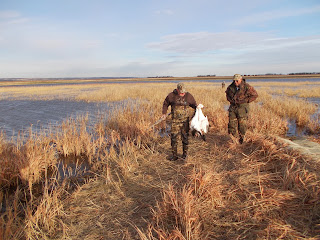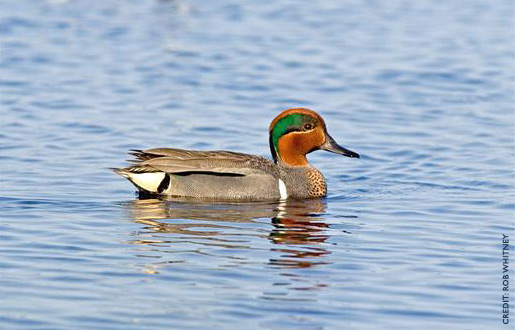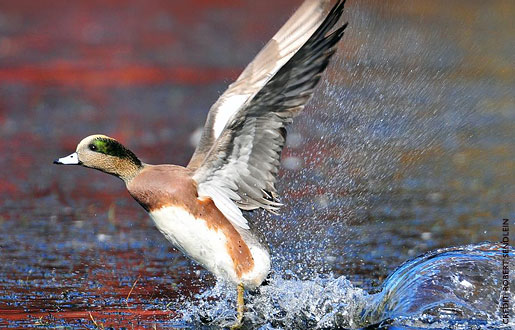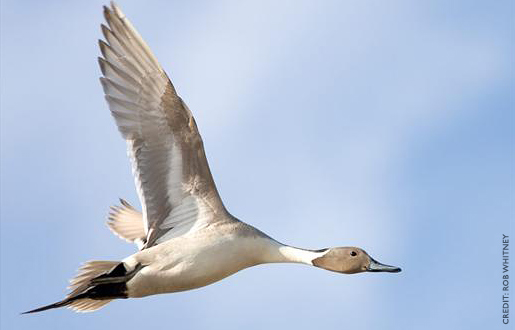A fellow club member on a trip to North Dakota as of the first week of October had not shot a Mallard. They were all north of the Canadian border per his report. But they will be coming as they do every year. Another friend reported there were only 50,000 Mallards at Sand Lake National Wildlife reserve near Aberdeen, South Dakota. They will be coming. They always do.
Temperatures in Bismarck, North Dakota were in the lower sixties to high fifties. That is the same temperature pattern we are experiencing as we start the second week of October. The beans are all out near the blind and the farmers were finally getting a good start on the corn. Intermittent rain had slowed the corn harvest down, but with the south winds we have been having and what is taking place as of this writing, the ground will be dry. Then they can get into the fields and get the corn picked. That always helps as the birds will work the fields over for kernels of corn. With all the wetlands and our 40 acres of open water, things will be good for the Mallards and better for the hunters.
In the meantime the boys will have to settle for small ducks made up of teal, wigeon, gadwall, and pintails. The pintail season is about to end. It is a dirty job, but someone has to do it. With the first blast of really cold weather the small ducks will be gone winging their way south to Arkansas and Texas. In Texas, I have a friend that will be waiting in the rice fields for the arrival of the teal. By the time the birds get that far south, they will have been called to and shot at all the way south from the Canadian border. It is a wonder by the time they arrive at their southern location, they will even respond to a decoy or a duck call, but they do.
 |
| Jackson bringing in a duck right at shooting time. Look at his eyes showing up. The dogs are the best part of the day. |
This next week I am not hunting at all. Not unless something changes, and from what I have seen of the weather forecast, there are not any major changes in sight. So what is a person to do? You can always go up to the blinds and sit and watch the ducks tantalize you as they start to decoy, then wise up. Their rear-ends remind them that they have been to this location before. There is always the chance that some fresh birds have flown in, but checking the reserves up north, they continued to show a steady level of birds. Why should they leave when they don't have to go south? Water, sand and grain and a safe place to hang out is all they need. Leaving the reserve can get dangerous and after they have been shot at once or twice, they learn really quickly.
Click on the links below for some great buys before the Christmas rush begins.
Click on the links below for some great buys before the Christmas rush begins.
Good hunting, good fishing and good luck. Hank









 ,
,














.jpg)